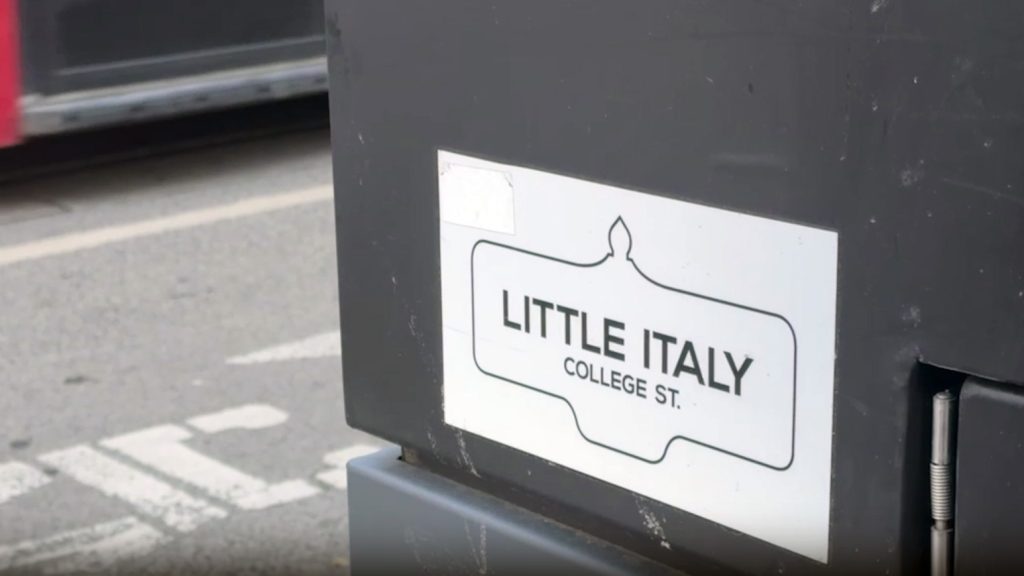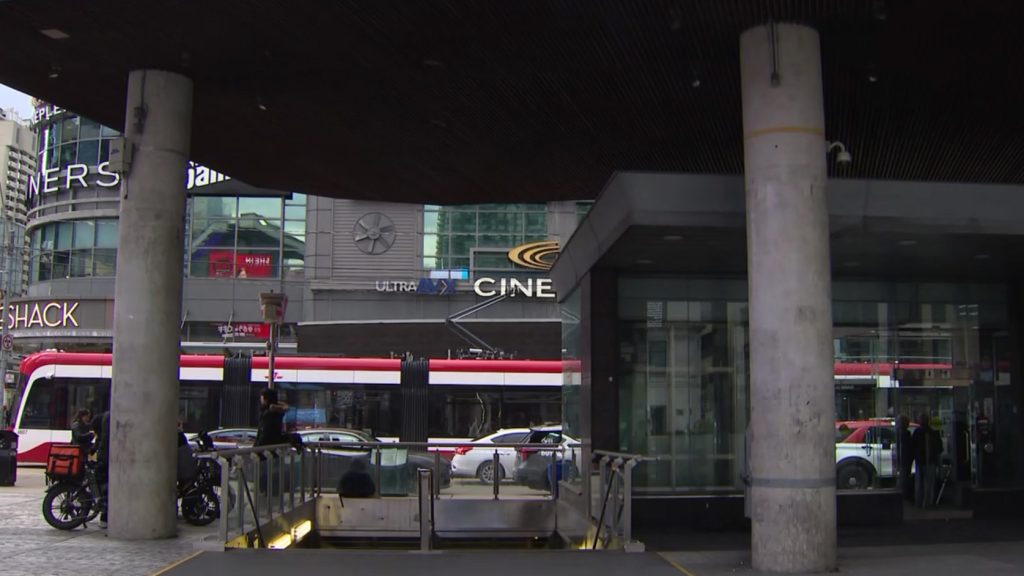Toronto flooding prevention plans could cost up to $16M
Posted June 21, 2019 8:03 am.
Last Updated June 21, 2019 1:31 pm.
This article is more than 5 years old.
The Toronto and Region Conservation Authority (TRCA) released its report Friday on the Toronto Islands flooding in 2017 and outlined the long-term work that needs to be done to make the city’s waterfront more climate resilient.
Toronto Islands Flood Characterization and Risk Assessment Project includes three reports that detail the conditions that led to the flooding in 2017, the damage it caused, and proposed plans to prevent future flooding. If approved by the TRCA board, the full report will be sent to the city.
The estimated costs of the flood prevention plans run between $13.9 million and $15.9 million.
“The highest cost is associated with raising low-lying portions of the roads to the 500-year flood level,” the report reads.
High water levels in Lake Ontario have only just begun to recede, but heavy rainfall on Thursday night resulted in localized flooding in some areas, especially along the lakeshore.
In April, the TRCA issued a shoreline hazard warning for areas along the lakefront. A shoreline hazard warning remains in effect.
When the Toronto Islands flooded in 2017, water levels in Lake Ontario reached a peak of 75.93 metres, the TRCA said. The current water level is now 75.93 metres.
“In the spring of 2017, water levels in Lake Ontario reached levels higher than had been measured since record keeping began in 1918,” the report read.
The flooding, which led to shoreline erosion, damage, and debris on the Toronto Islands, affected more than 800 residents, around 30 business and two schools. At the time, the TRCA and the city used more than 45,000 sandbags, 1,000 metre bags, and several industrial pumps to deal with the rising water.
“The 2017 high water levels were the result of extreme wet weather in the Lake Ontario basin, record inflows from Lake Erie, and reduced outflow capacity due to downstream flooding on the St. Lawrence and Ottawa rivers,” the report stated.
“Water levels remained above the 100-year flood level from May 7 to July 9, 2017, a period of 63 days.”
The high water levels resulted in $8 million in damages to the City of Toronto.
TRCA report on flood mitigation
As part of the TRCA’s Toronto Islands Flood Characterization and Risk Assessment Project, the report also included flood prevention plans and the costs of implementation.
Ward’s Island promenade
One of the four options includes a “multi-functional flood protection/recreation structure consisting of a berm (raised bank), pathway, three groynes (low wall), three beaches, and small bridge over the Ward’s Island cove.”
The structure would extend from the Ward’s Island ferry dock to First and Lakeshore avenues.
The estimated cost is $2.22 million.
The three other options are mostly similar to the first but with shorter promenades and less costs.
Algonquin Island berm and flood wall
A berm around one-metre high would extend from the Queen City Yacht Club to the Algonquin Island Association club house. The berm would continue at a lower height after the clubhouse to the intersection of Wyandot and Omaha avenues.
A concrete floodwall would also be placed along the rear property line of homes on Nottawa Avenue that back onto the Queen City Yacht Club.
A berm is also proposed at the Queen City Yacht Club to protect four club buildings.
The estimated cost of is $500,000.
Centreville flood protection
Placing a berm parallel to the Centreville train tracks, or raise and reconstruct the trackbed with an impermeable liner, as well as installing four sumps at low spots at Centreville.
The estimated cost of the berm is $330,000.
Cibola Ave. berm
Extending a berm along Cibola Avenue from the Ward’s Island ferry dock to the Fire Station.
The estimated cost is $240,000.
Island Water Treatment Plant
Install a low concrete wall along the existing seawall and a berm along the parking lot.
The estimated cost is $100,000.
Elevate arterial roads
The elevation would run along a 3.8-kilometre stretch of Cibola Avevue, Lakeshore Avenue, Service Road, Avenue of the Island, and Beach Road. They are “low-lying and should be elevated for safe ingress/egress.”
The estimated cost is $12.6 million.








